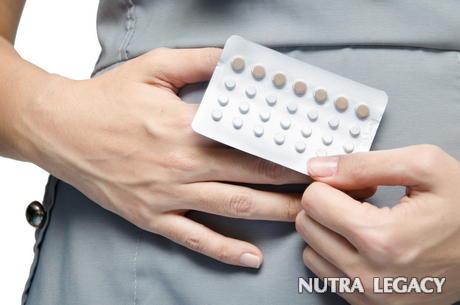Birth control and yeast infections
A yeast infection is not a topic that many people like to talk about except with their doctor. With the advent of the birth control pills and patches and cervical birth control, many women seem to be surprised that they are developing yeast infections, even when they never had a history of them before. Many doctors will include the information as part of the physician advice, but obviously some do not. The relationship of birth control and yeast infections is greater than most women realize and if they are sexually active, both parties have to be treated.

The cause of yeast infections is basically an imbalance of the good and bad bacterial formations. Yeast infections are found in parts of the body that are usually warm and moist. These are the breeding grounds of bacteria. While yeast infections can actually be caused by a number of things from stress to sexual activities, birth control provides a different hormonal imbalance that can also trigger a yeast infection.
Many people attempt to balance their internal bacteria by eating yogurt. The L. Acidophilus bacteria help to prevent yeast infections. If consuming yogurt isn’t to your tastes or you are lactose intolerant, there are pills that are available at a good quality health food store. There are over the counter creams that can also be used to assist in relieving the discomfort and eliminating the problem.
The effect that birth control has on the body will be maintained as long as you take the birth control product. This means that just because you eliminate the yeast infection once, it will probably return. Some people have repetitive problems with birth control and yeast infections.
Unless you plan on changing the birth control method or you cease taking birth control, the yeast infection situation may be something you have to pay attention to. There are some things you can do to keep the recurrence situations down. After both parties have been successfully treated for a yeast infection, make sure that undergarments are either discarded or washed in a bleach solution. Washed normally, using your standard laundry detergent will not remove the yeast bacteria. Reducing or eliminating sugars and alcohol will also keep the occurrence factor down. Yeast infections thrive on sugars and alcohol converts to part sugar when digested. If you use a cervical control device, make sure that it is bleached upon removal and stored in a sanitary location. Antibiotics and steroids should be avoided. Antibiotics are well known to kill all the bacteria, good and bad; thereby encouraging the bad to take over in growth once you have stopped taking the medication. Some women may alter the brand of birth control pill or patch as a process of keeping yeast infections at bay.
Women should avoid sanitary napkins, as they close off the genital area and without the ability to have an air flow, the yeast bacteria will continue to grow. Since a high stress level is associated with chemical and hormonal imbalance, you may want to try to add some down time or relaxation time to your daily routine.
The information supplied in this article is not to be considered as medical advice and is for educational purposes only.
|
 10 May 2010 10 May 2010 |

The author said that the L. Acidophilus bacteria prevents yeast infections. Where is the best source of this stuff? I don't like yogurt, so i can't get it from that. Are the supplements with it in, or some other food that contains is that I can try?January 19th, 2011 at 6:14 am